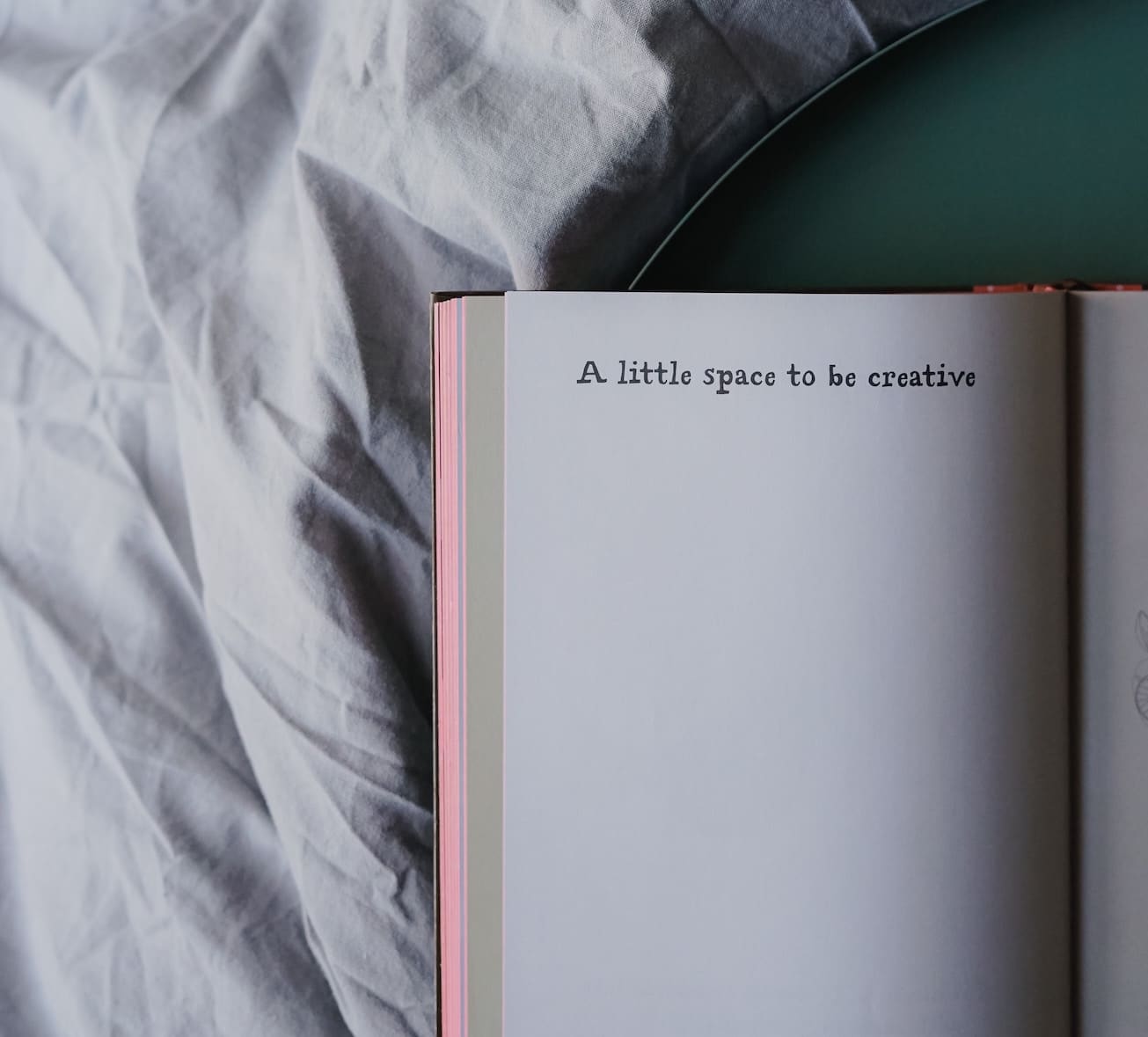Creativity is Your Secret Advantage for Mental Health and Well-Being
What does it mean to be creative? Most people tend to think of creativity in the realm of the arts, such as writing, painting, or composing original works. In reality, that’s a relatively limited definition.
In his 1953 paper “Creativity and Culture,” psychology professor and creativity expert Dr. Morris Stein defined the “creative work” as “a novel work that is accepted as tenable or useful or satisfying by a group in some point in time.” He further explained that a “novel” work is “a creative product that did not exist previously in precisely the same form.”
Modern psychologists studying links between creativity and mental health often use Stein’s interpretation of creativity to illustrate the incredible range of what can be called “creative” today. Do you write code? Develop advertising campaigns? Come up with unique recipes? Sew or knit? Decorate tablescapes? Do crossword puzzles or fill in adult coloring books? Doodle during meetings? Then by most modern standards, you’re creative.
Mental health benefits of creative activities
At the Therapy Group of NYC we believe creativity is a good thing, too. Scientists are continuing to uncover encouraging evidence that engaging in creative activities — from painting to potting plants to planning parties — is beneficial to your mental health and well-being.
In 2015, psychologist and art therapist Dr. Cathy Malchiodi cited multiple studies confirming that being creative can increase positive emotions, lessen depressive symptoms, reduce stress, decrease anxiety, and even improve immune system functioning. A 2016 study in The Journal of Positive Psychology supported these earlier findings, concluding that “spending time on creative goals during a day is associated with higher activated positive affect (PA) on that day.”
Positive affect is the extent to which people experience positive moods, such as joy, happiness, and optimism. Higher positive affect lowers stress and “expands our perspective so that we notice more possibilities in our lives,” wellness coach Elizabeth Scott says. “This enables us to more easily take advantage of these resources.” Ms. Scott says that if you experience more positive affect, for example, you may be less prone to dwell on the negative and may put more focus on the possibilities in your life.
Creativity at work
When we’re young, our lives are full of creative activities. We make shapes with clay, invent lifelike scenarios with dolls and toys, bang on drums or pots and pans, and color regularly. As teens, we may participate in the school band or take a photography or creative writing class as an elective. However, as we get older, creativity is sometimes crowded out by our educational and vocational pursuits, our focus on supporting our partners and families, commuting, and daily chores and errands that we carry out with mindless repetition.
However, a 2010 IBM study of 1500 global CEOs found that the organizations that “masterfully” navigate change and are more innovative were those with creative leaders. For these CEOs, creativity was “noted as the single most important trait for navigating through the complexity” of corporate data, technology, and regulations. The study recommended that entire organizations, not just CEOs, should “be equipped to be a catalyst for creativity.”
The IBM study concluded that creative leaders:
- Make more business model changes to realize their strategies
- Invite disruptive innovation
- Consider previously unheard-of ways to drastically change the enterprise
- Are comfortable with ambiguity
- Score much higher on innovation
- Are courageous and visionary enough to make decisions that alter the status quo
It stands to reason that injecting into the business world creative endeavors such as idea brainstorming, innovation labs, and flexible time for employees to enjoy fun activities would not only help the company thrive but also improve the mental health and well-being of team members.
How creativity works to improve mental health
Typically, when people are creating something, whether it’s a software program, graffiti, or a quilt, they tend to get lost in the activity. The act of creating requires focus and concentration, and multitasking doesn’t work. Some psychologists call this state of creativity, “flow.” The Flow Genome Project, an organization that researches human performance, defines the state of flow as “those moments of rapt attention and total absorption when you get so focused on the task at hand that everything else disappears and all aspects of performance, both mental and physical, go through the roof.”
The state of creative flow is caused by changes in brain function. Brainwaves slow down, and original thoughts are better able to form. Additionally, the prefrontal cortex temporarily deactivates, or “goes quiet,” making us less critical of our ideas and more courageous. Lastly, during a flow state, our brain releases “an enormous cascade of neurochemistry,” including large quantities of endorphins, serotonin, and dopamine. These are pleasure- and satisfaction-inducing chemicals that affect creativity and well-being.
The way the brain acts during creative activities is similar to the experience during meditation, mindfulness, and yoga exercises. These activities are designed to help you find peace, calm, and happiness by blocking out external stimuli. Like these exercises, creativity can produce a natural “high” or feeling of joy and contentment.

